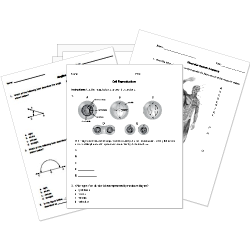This question is a part of a group with common instructions.
View group »
The function of salt in baked goods is the same as its function in most cooking, and that is to add flavour .
This question is a part of a group with common instructions.
View group »
Liquids, such as milk, cream, fruit juices or water, blend dry ingredients together and, when heated, produce steam that contributes to the leavening of the baked product.
This question is a part of a group with common instructions.
View group »
Fats in the form of oil, shortening, butter, margarine or lard all serve to tenderize baked goods, giving them a fine texture. Fats also provide flavor in baked goods and help to keep the finished product moist , preventing it from drying out too quickly.
This question is a part of a group with common instructions.
View group »
The technique of partially or completely baking a pastry crust is called a bake blind .
Fat
serves as a tenderizing agent in baked products
adds sweetness to a baked product
gives structure to a quick bread
hydrates the protein and starch in flour; helps form gluten
Flour
gives structure to a quick bread
hydrates starch
serves as a tenderizing agent in baked products
helps to incorporate air into a baked product
Liquids
help to incorporate air into a baked product
give structure to a quick bread
serves as a tenderizing agent in baked products
hydrate the protein and starch in flour; helps form gluten
Describe at least two reasons cookies don't spread enough.
Describe at least two reasons muffins are hard or too dry.
Describe at least two reasons a muffin is dense or doesn't rise.
Describe at least one reason the crust of a scone is too thick.
Describe at least two reasons the top of a cake cracks.
Describe at least two reasons cookies spread too much.
Describe at least two reasons cookies are too tough.
Describe at least two reasons cookies are crumbly.
Describe at least two reasons there is tunneling in muffins.
Describe at least two reasons a scone is too dense or tough.
Describe at least two reasons muffins do not have an appetizing flavor.
Describe at least two reasons a cake has a dense texture.
Describe at least two reasons cookies are too hard and dry.






